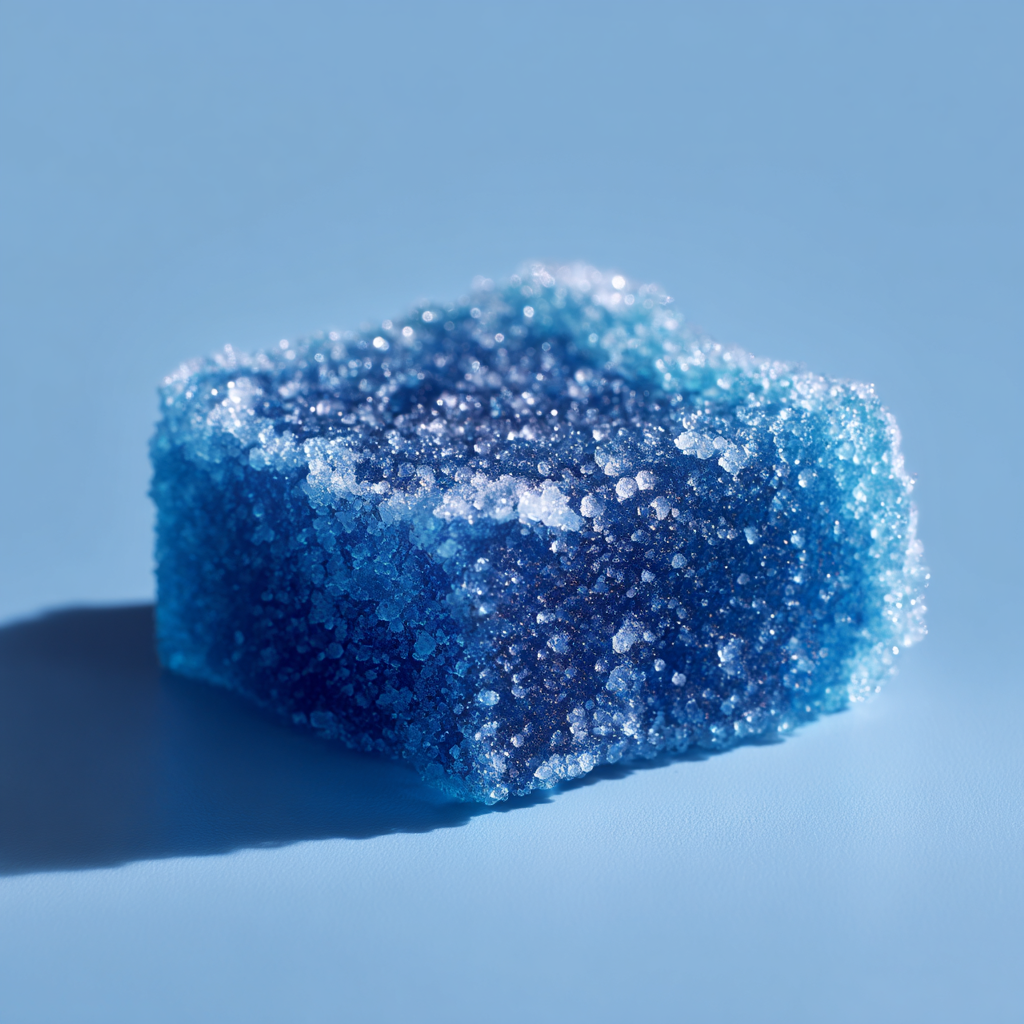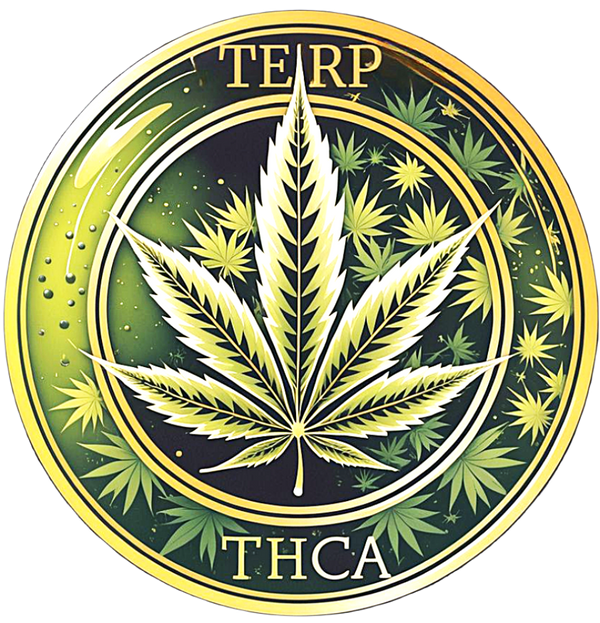
Are Edibles Really Strain Specific?
Share
Do Strain-Specific Edibles Live Up to the Hype?
If you’ve browsed a dispensary lately, you’ve probably noticed edibles labeled with cannabis strains like Blue Dream or Sour Diesel. These “strain-specific” edibles promise to deliver the unique vibes of a particular strain—say, the chill calm of an indica or the zippy focus of a sativa. But can a gummy or chocolate bar really capture a strain’s essence? Let’s break it down.
What Makes an Edible Strain-Specific?
Unlike generic edibles made from blended cannabis oils, strain-specific edibles start with a single strain. Think of it like choosing a single-origin coffee bean over a generic blend. Manufacturers extract THC, CBD, and terpenes (the compounds behind cannabis’s aroma and flavor) from, say, Granddaddy Purple, then infuse them into brownies or gummies. The goal? To replicate the strain’s signature effects, whether it’s couch-locking relaxation or creative energy.
Terpenes play a starring role here. These aromatic molecules—like limonene (citrusy, uplifting) or myrcene (earthy, sedative)—are thought to shape a strain’s personality alongside cannabinoids. In theory, a strain-specific edible should taste and feel closer to smoking or vaping that strain.
How Are They Made?
Creating strain-specific edibles is no simple feat. Extraction pulls THC and terpenes from the plant, but heat or solvents can degrade delicate terpenes. Some brands compensate by adding terpenes back later, either from cannabis or even non-cannabis sources (like botanical oils). This “reintroduction” raises questions: does it still count as strain-specific if the terpenes aren’t 100% from the original plant? It’s like adding synthetic vanilla to a cake and calling it artisanal.
Advanced tech, like low-temperature CO2 extraction, helps preserve terpenes better in 2025 than a decade ago. Still, the process isn’t perfect, and not all brands are transparent about their methods.
Do They Really Work Differently?
Here’s where things get murky. Fans of strain-specific edibles swear by them, claiming a Blue Dream gummy sparks creativity while an OG Kush chocolate melts stress. But skeptics argue THC’s psychoactive punch overshadows subtle terpene effects in edibles. Since edibles metabolize differently (converting THC into a longer-lasting compound in the liver), strain-specific nuances might get lost. Scientific studies on terpenes’ impact are still limited, leaving room for debate.
Individual biology also matters. A relaxing indica edible might make one person sleepy but leave another wired. Expectations play a role, too—if you believe a sativa gummy will energize you, you might feel perkier (hello, placebo effect).
Tips for Choosing Strain-Specific Edibles
Want to try strain-specific edibles? Here’s how to shop smart:
-
Check the Source: Look for brands that disclose their extraction methods and terpene sources.
-
Start Low: Effects vary, so begin with a small dose (5mg THC or less) to gauge your reaction.
-
Research Strains: Learn about strains like Durban Poison (uplifting) or Bubba Kush (sedative) to match your desired vibe.
-
Ask Budtenders: Dispensary staff can recommend reputable products tailored to your needs.
The Verdict
Strain-specific edibles offer an exciting way to explore cannabis, especially as extraction tech improves. While they may not perfectly mirror smoking a strain, their flavors and potential effects add variety. Whether the hype is fully justified depends on your expectations and body chemistry. Try a few, start slow, and see if you feel the strain’s magic in that next bite.
